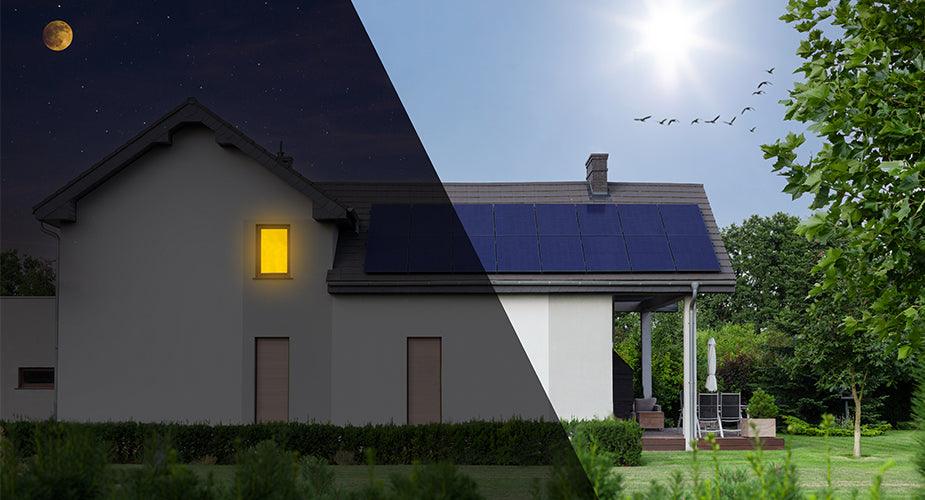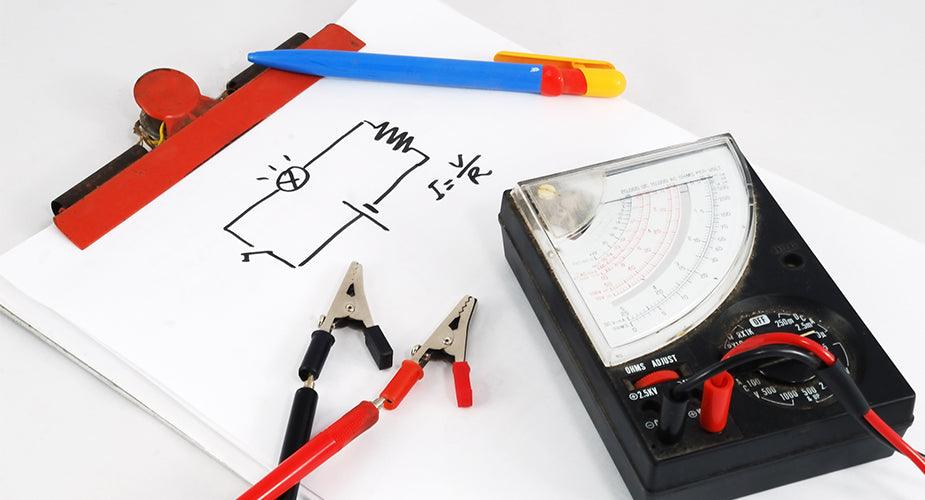Generators are essential tools that provide power during emergencies, outdoor activities, and in areas without electricity. They keep your important devices and appliances running when you need them the most. In this article, we will focus on understanding the capabilities and uses of a 2000-watt generator. By the end, you will know what a 2000-watt generator can run and how to use it effectively. Whether you are preparing for a power outage or planning a camping trip, knowing the limits of your generator will help you make the most of its power. Let’s dive into the details and discover what a 2000-watt generator can do for you.
Understanding the Power Output of a 2000-watt Generator
Explanation of Power Output in Generators
When you look at a generator, the power output is one of the first things you notice. This is usually measured in watts (W). The wattage tells you how much power the generator can supply to your devices and appliances. For example, a 2000-watt generator can provide a maximum of 2000 watts of power at any given time.
The Capabilities and Limitations of a 2000-Watt Generator
A 2000-watt generator is quite versatile, but it does have its limits. It can run small appliances and essential devices, but it may struggle with larger, power-hungry equipment. You can use it to power things like lights, fans, small refrigerators, and even some power tools. However, running multiple high-wattage devices simultaneously might cause the generator to overload and shut down.
Important Factors to Consider
When deciding what a 2000-watt generator can run, you need to consider the power requirements of each device. Look at the starting watts and running watts of your appliances. Starting watts are the extra power needed to start a device while running watts is the power needed to keep it running. Adding up these watts will help you understand what your generator can handle.
Essential Devices That Can Run on a 2000-watt Generator
List of essential devices and appliances and their Power requirements
|
Device/Appliance |
Running Watts |
Starting Watts |
|
Incandescent Light Bulb |
60 W |
0 W |
|
LED Light Bulb |
10-20 W |
0 W |
|
Refrigerator/Freezer |
700 W |
2200 W |
|
Microwave |
600-1000 W |
0 W |
|
Coffee Maker |
800-1000 W |
0 W |
|
Television |
150-400 W |
0 W |
|
Laptop |
50-100 W |
0 W |
|
Toaster |
800-1500 W |
0 W |
|
Small Fan |
50-100 W |
0 W |
|
Mobile Device Charger |
5-10 W |
0 W |
Practical examples of running these devices with a 2000 Watt generator
Let’s consider some practical scenarios:
- Camping Trip:
- Two 60-watt light bulbs: 120 watts
- A small fan: 75 watts
- Charging a laptop: 60 watts
- Total: 255 watts
- Power Outage at Home:
- Refrigerator: 700 watts (running)
- Microwave: 800 watts
- Charging a phone: 10 watts
- Total: 1510 watts (allowing for safe operation without overloading)
- Small Workshop:
- Power drill: 600 watts
- Work light: 60 watts
- Charging cordless tool batteries: 50 watts
- Total: 710 watts
These examples show what a 2000-watt generator can run several essential devices simultaneously as long as you manage the total wattage and avoid exceeding the generator’s capacity.
Tips for Maximizing the Use of a 2000-Watt Generator
Energy-saving tips for running appliances on a generator
- Use Energy-Efficient Appliances: Opt for appliances and devices that consume less power. LED bulbs, for example, use significantly less power than incandescent bulbs.
- Limit Simultaneous Use: Only run essential appliances at the same time. For instance, turn off the microwave when the refrigerator is running.
- Unplug When Not in Use: Unplug devices that are not in use to prevent unnecessary power draw.
Best practices for managing power usage
- Prioritize Essential Devices: Make a list of essential devices you need during a power outage or camping trip and prioritize them.
- Monitor Wattage: Keep track of the total wattage being used. Do not exceed the generator's running wattage to avoid overloading.
- Use Power Strips with Surge Protectors: This helps manage multiple devices and protect against power surges.
- Perform Regular Maintenance: Keep your generator in good condition with regular oil changes, filter cleaning, and inspections to ensure optimal performance.
Important safety considerations
- Proper Ventilation: Always operate your generator in a well-ventilated area to prevent carbon monoxide buildup.
- Avoid Overloading: Do not exceed the generator's wattage capacity. Overloading can cause damage to both the generator and connected devices.
- Keep Dry: Ensure the generator is kept dry and protected from rain or moisture.
- Follow Manufacturer Guidelines: Always follow the safety guidelines provided by the manufacturer for safe operation.
Considering Alternative Options
If you're looking for a slightly lower power option, consider the Nature's Generator, which offers 1800 watts of continuous power. While slightly below the 2000-watt range, it can still power many of the same essential devices and appliances. Additionally, Nature's Generator also has a 3600-watt model, providing even more power for those who need it. These generators are excellent choices for those seeking eco-friendly and efficient power sources for their energy needs.

Conclusion
Understanding what a 2000-watt generator can run is essential for maximizing its use during emergencies or outdoor activities. These generators can power essential devices like lights, fans, small refrigerators, and microwaves. To ensure efficient use, prioritize your devices, monitor their wattage, and follow safety guidelines. Consider energy-saving tips like using energy-efficient appliances and unplugging devices when not in use. If you need a slightly lower power option, the Nature's Generator offers 1800 watts and is a good eco-friendly alternative. For more information, visit the Nature's Generator website.













